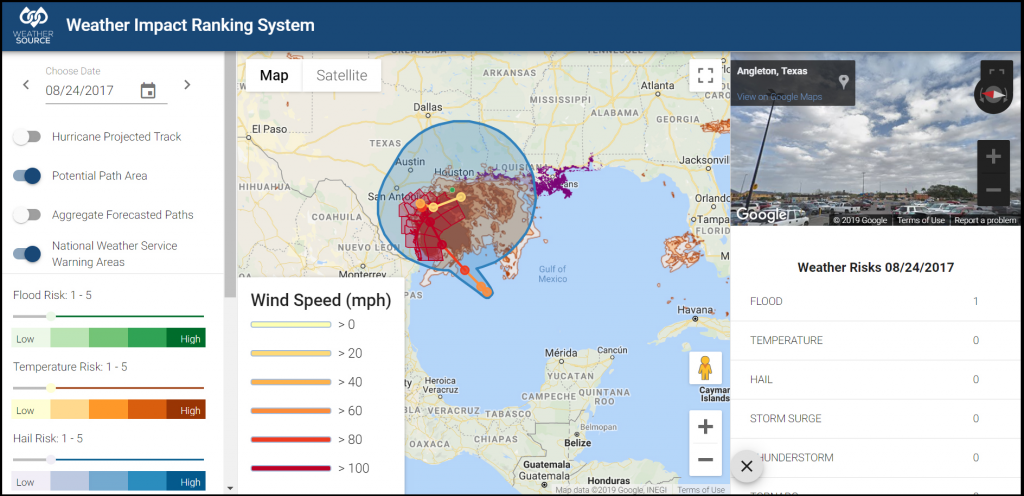Before the on-demand era, I grew up watching the telecast of The Wizard of Oz a few times a year. My mother always joined us on the couch saying, “Watch the Scarecrow, boys. He might not have a brain but he knows how to dance.” For a character who didn’t have a brain, the Scarecrow sure did possess a native intelligence. He quickly learned how to walk, dance, and sing that famous singalong, “If I Only Had a Brain.” Throughout the journey to The Emerald City, the Scarecrow demonstrated self-reliance as well as the ability to differentiate and to reframe his own shortcomings. That pivotal trip along The Yellow Brick Road led his team to discover their actual range of possibilities, understand what tools they already possessed, and use those strengths to achieve transformation.
Data and Analytics teams undergo similar journeys, only to realize there is no Wizard who can easily monetize data. With the deluge of alternative datasets, business intelligence has vastly improved in recent years, buttressed by the power of AI and Machine Learning (ML). This convergence helps organizations correlate disparate data (both internal and external) and find ways to improve operational processes resulting in revenue optimization. By pairing high-quality weather data with internal datasets your organization can generate actionable correlations—especially with the inclusion of AI and ML technologies.
Introducing ML-Ready Weather
Such a transformation begins by looking inward and asking the right questions:
- What do your predictive models look like?
- How do you perform regression analysis?
- Have you correlated historical weather data with your internal datasets?
For organizations ready to make weather and climate data a part of their AI/ML strategy, Weather Source recently launched the next evolution in our OnPoint Data catalogue: OnPoint Machine Learning (ML)-Ready Weather. This suite of feature-engineered weather datasets (including storm, temperature, wind, cloud cover, and more) is built for direct use in AI and ML applications. ML-Ready Weather helps organizations analyze the effects of specific weather conditions on their operations.
For example, the ML-Ready Storm dataset provides a location-based time series of storm activity that reflects the variations of storminess at a location over time. This information includes the level of storminess as well as whether the level is above or below normal and by how much. Additional options include the ability to weigh workdays and non-workdays differently—e.g., theme parks are more financially sensitive to severe weather conditions on weekends.
For those seeking a turnkey solution, our Weather Impact Ranking System (WIRS) web application enables you to plot locations of interest and monitor weather conditions or perils in real-time.

The OnPoint Advantage
But why choose Weather Source to join you on this journey? Most weather data providers rely on singular weather-sensing inputs that may be too far from your location of interest to prove meaningful. Weather Source’s OnPoint Platform unifies data from the best weather-sensing technologies available then stages it on the OnPoint Grid. This 5-kilometer grid covers every land mass in the world and up to 200 miles offshore. Each grid point—nearly 2 million in total—represents a “virtual” weather station with a unique OnPoint ID from which weather data can be mapped. This high-resolution method ensures your location of interest is never more than 2.2 miles away from an OnPoint ID.
Further, Weather Source data is built for analytics. Our data products are clean, gap-free, easy to use, and globally uniform. We also accelerate time to insights through our strategic partnership with Snowflake. Weather datasets are often extremely large and cumbersome, requiring petabytes of storage capacity. By accessing Weather Source data via Snowflake you can speed up analytics for more efficient decision-making.
A Symbiotic Relationship
It’s worth noting when we speak about data monetization that some assume this simply means selling a firm’s data. But there is also indirect monetization (operational efficiencies, internal operational changes, automation development) in addition to direct (data becomes an external B2B and B2C asset). With regard to the former, costs are decreased; with the latter, there is direct revenue. This is an oversimplification, but in the end, there is symbiosis. Governance and business lines need to be cohesive when making decisions.
Culturally, a firm must also transform by expanding existing roles (think Enterprise Architects) and eliminating some in order for deep business and technology collaboration to occur at an optimal discovery/innovation cadence. This is achieved while still maintaining a high level of performance for the existing business line to operate. Sometimes, firms split the groups into innovation vs. production; but this is often a mistake since this kind of change should permeate and be adopted by the entire organization—culture does indeed eat process for breakfast.
When Dorothy, the Scarecrow, and their companions reached the end of the Yellow Brick Road, it wasn’t the Wizard who solved their problems but the strength of their combined (and finally realized) talents. In the end, it wasn’t a single input that achieved success, but the value of collaboration.
Likewise, I invite you to make Weather Source data an essential element of your organization’s data-driven business intelligence transformation. Reach out to me at michael.fix@weathersource.com to learn more!




